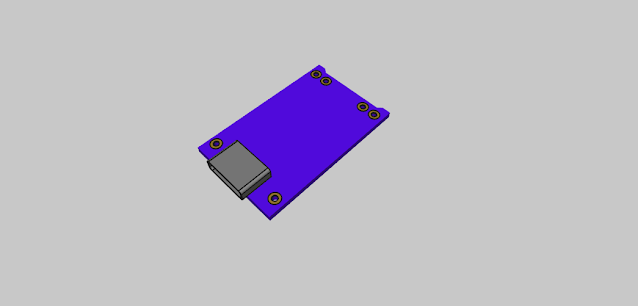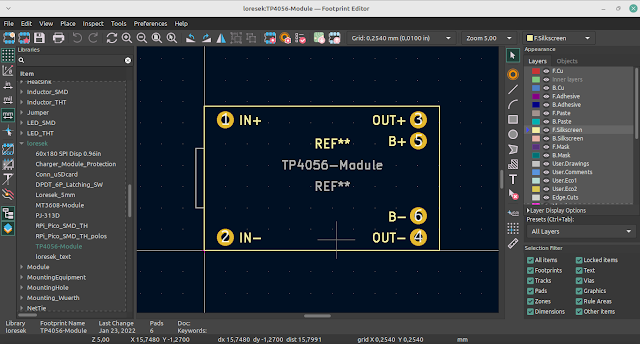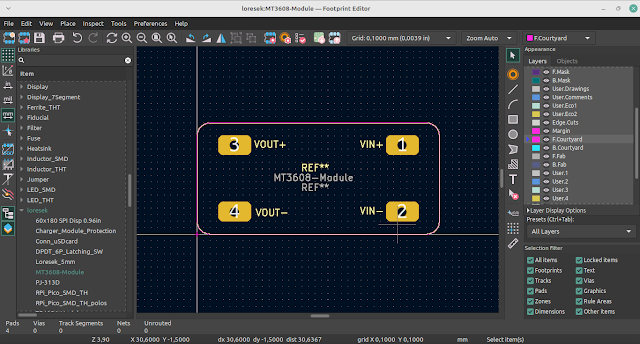Revolutionizing Retro Computing: The Mega IIe KiCAD Project
In the ever-expanding realm of retro computing, the Mega IIe KiCAD Project by Golden Delicious stands out as a testament to innovation and nostalgia. Born from the desire to resurrect the classic Apple IIe, this project takes an unconventional route by utilizing the Mega-II chip from an Apple IIGS, a precursor with subtle distinctions from the more familiar Gemini in the Mac LC compatibility card. The result is a miniature Apple IIe compatible computer that pushes the boundaries of what retro enthusiasts can achieve.
Genesis of the Mega IIe Project
The journey of the Mega IIe began with the ambition to create a portable Apple II, initially incorporating the Mega-II chip. However, the project evolved into crafting a fully functional miniature Apple IIe computer. The GitHub repository houses the KiCad design files, RP2040 firmware, and essential notes, providing enthusiasts with the necessary resources to embark on this remarkable journey.
Unveiling the Mega IIe Journey
A pivotal moment in the project's history is documented in the engaging element14 Presents video titled "Rev 3 Video." This video captures the transition from an Applesoft Prompt to a fully operational computer housed within a compact case. The journey is not merely technical; it's a visual narrative of dedication and triumph, making it a must-watch for anyone intrigued by retro computing endeavors.
Additional insights and details about the Mega IIe project can be found on the element14 Community or in a comprehensive Hackster.io article. These platforms serve as valuable resources for those looking to dive deeper into the intricacies of the project.
Bit Preserve: Archiving Vintage Computer Schematics
The Mega IIe project is more than just hardware and firmware; it inspired the creation of Bit Preserve. This initiative, aimed at archiving vintage computer schematics, underscores the commitment to preserving the rich history of computing. As the Mega IIe project progresses, so does the effort to safeguard the foundational documents of computing history.
Notes from the Journey
The GitHub repository includes a trove of valuable notes, offering a glimpse into the challenges and breakthroughs during live streaming sessions. Notable observations include attempts to integrate the Golden Delicious with a IIc ROM, encountering lock-ups and logic analyzer feedback pointing towards the intricacies of the F8 ROM's monitor version check.
Building Blocks of the Mega IIe
Delving into the hardware intricacies, the Mega IIe Rev2 Hardware stream notes provide a fascinating look at the scope readings, decoding ROMEN1 and ROMEN2, and examining signals such as Composite signal out of the Mega II. These insights, coupled with the meticulous examination of the XLH735028.636360I oscillator, lay the foundation for understanding the hardware architecture.
Encouraging the Next Wave of Retro Enthusiasts
The Mega IIe project isn't just a historical exploration; it's an invitation for enthusiasts to join the journey. With detailed hardware notes, comprehensive BoM for protoboards, and reference materials on using the 65C02 in Apple II systems, the project beckons aspiring retro builders to contribute to the legacy.
In conclusion, the Mega IIe KiCAD Project by Golden Delicious is a remarkable blend of technical prowess, dedication, and a deep appreciation for retro computing. Whether you are a seasoned enthusiast or a newcomer to the world of vintage computing, this project offers an exciting opportunity to not only relive the past but actively contribute to its preservation and evolution.
To embark on your Mega IIe journey, explore the project on GitHub: Mega IIe GitHub Repository.













